By: Kasco Staff | Originally Posted: Feb. 10, 2016 | Updated: March 11, 2022
____________________________________________________________________________________________
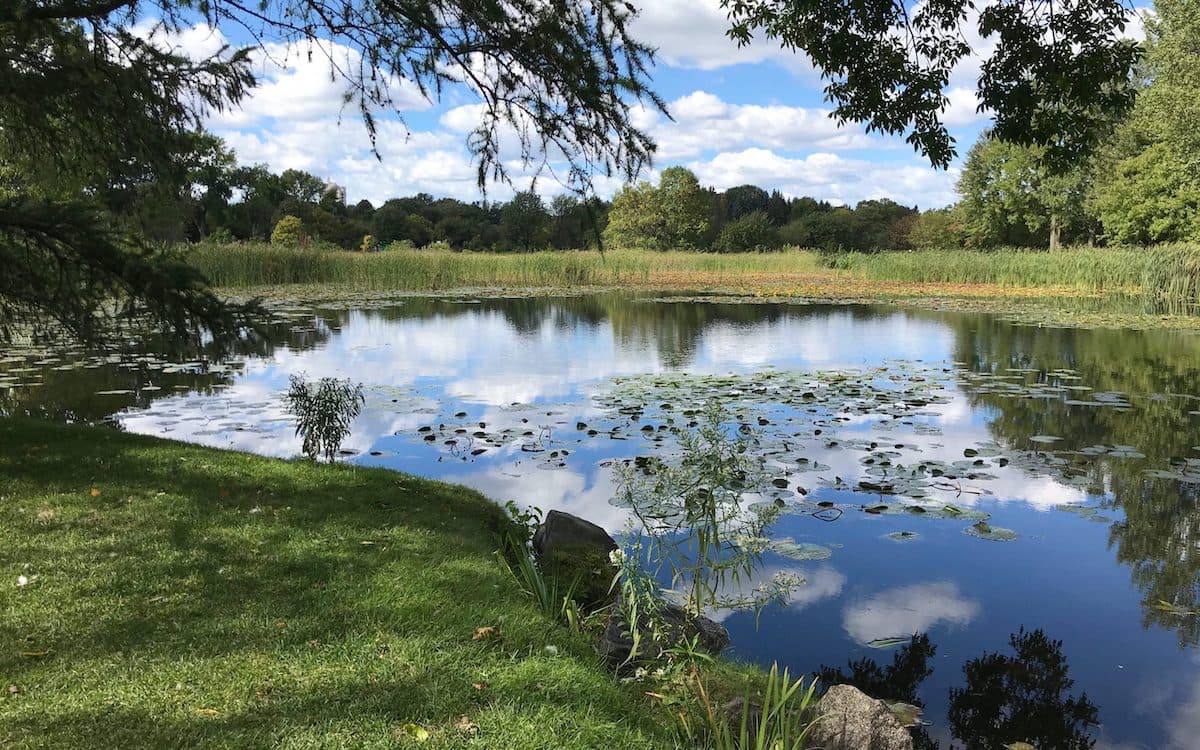
Pond Nutrients
Nutrients are the main cause of a multitude of pond problems. So, it is important to understand where they are coming from. Nitrogen and Phosphorous are the main “limiting nutrients” for most aquatic plants. This means that the amount available is what controls the pace at which aquatic plants and algae grow. Unfortunately, there are many ways these nutrients can get into your pond.
Runoff
Runoff is a major component of nutrient loading in a pond. Generally, ponds are in the lowest area of the landscape, making them a natural sink for surface moisture runoff. The runoff often carries nutrients that come from green areas that were fertilized, agricultural areas, and even paved areas with high carbon and organic compounds from petroleum products. Additionally, it can carry material that can contain nutrients within them, such as grass clippings, leaves, etc.
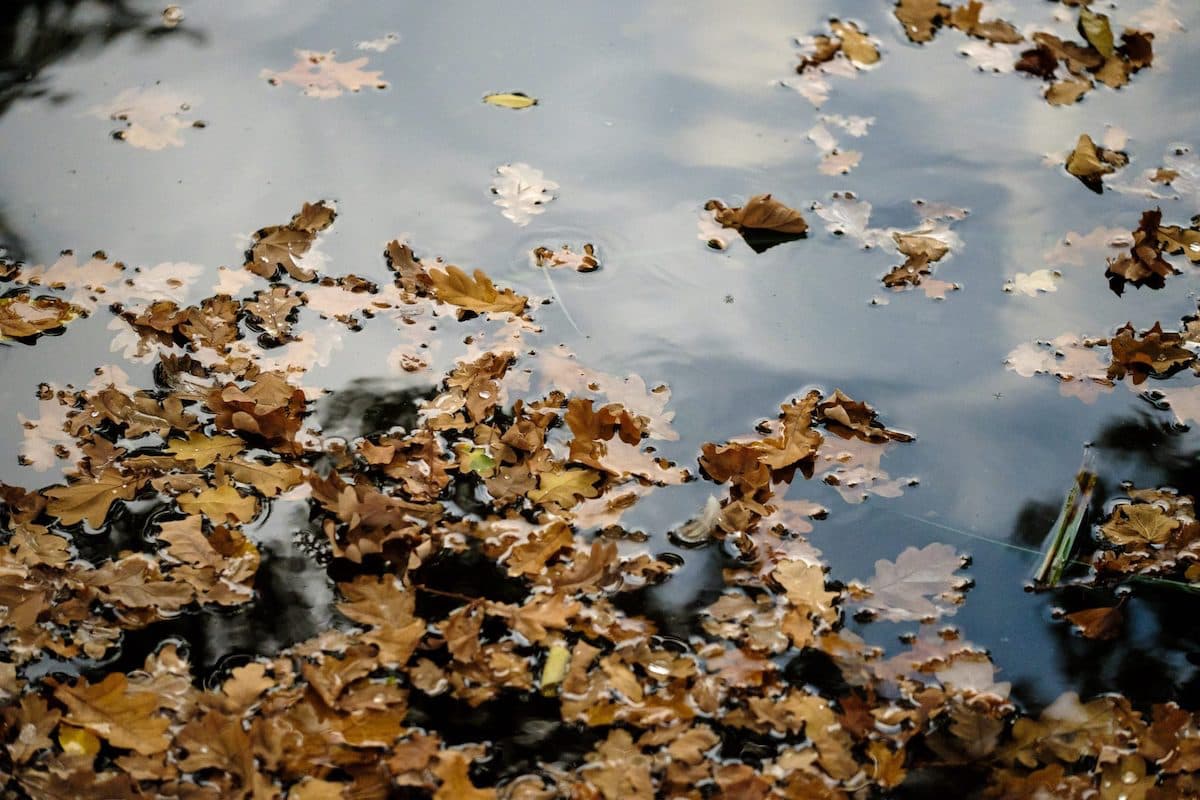
Wildlife
Wildlife waste also adds an abundance of nutrients to a pond, and geese are the primary culprits. A resident population of only 25 geese can produce nearly 28,000 pounds of waste per year. In those 28,000 pounds is over 1,200 pounds of nitrogen and over 350 pounds of phosphorous. 1 pound of phosphorous can sustain up to 500 pounds of algae growth. So, that resident population of 25 geese will produce enough nutrients to supports nearly 180,000 pounds of algae growth within a year.
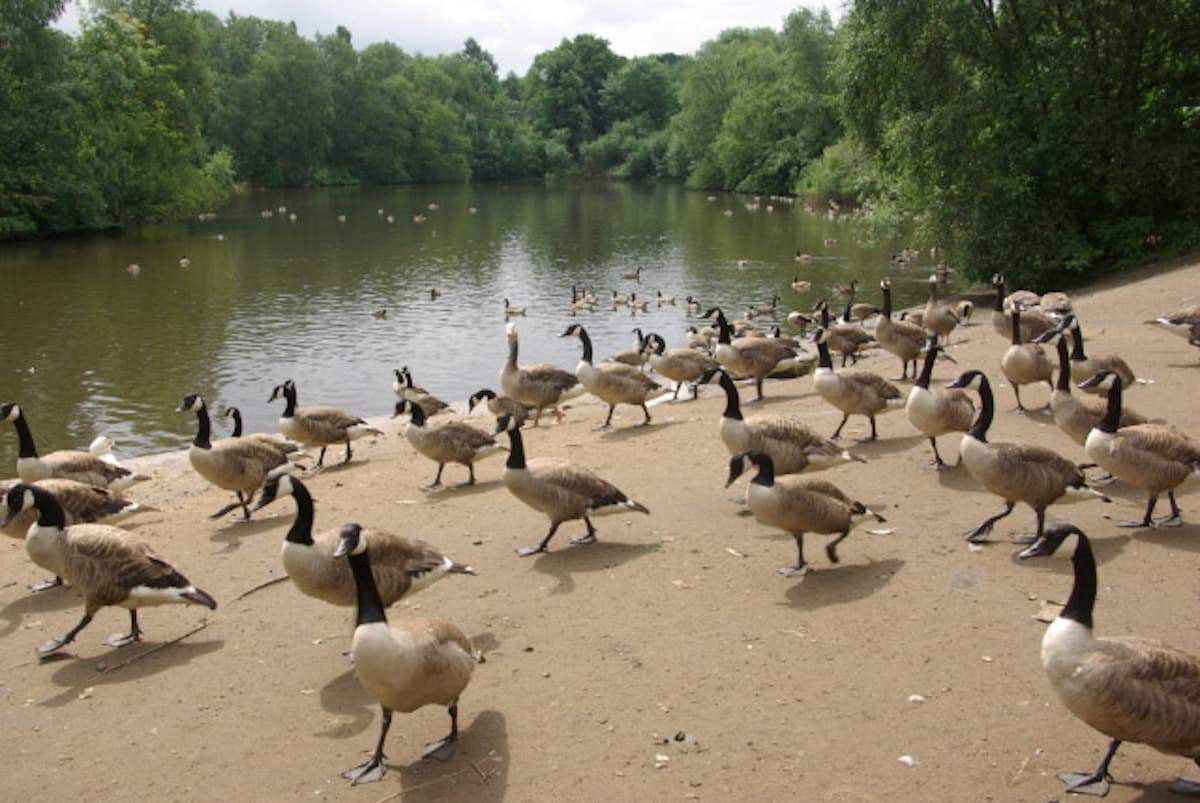
Organic Materials
All carbon-based materials hold nutrients that can be released into the water once decomposed. Organic materials that can affect your pond range from aquatic plant growth to the grass clippings from when the pond edge is mowed. In the fall, the leaves that drop from trees and blow into the pond play a large role in excessive nutrients. Another common source, in retention ponds, is storm sewers that carry leaves and grass clippings that were piled in the street for collection.
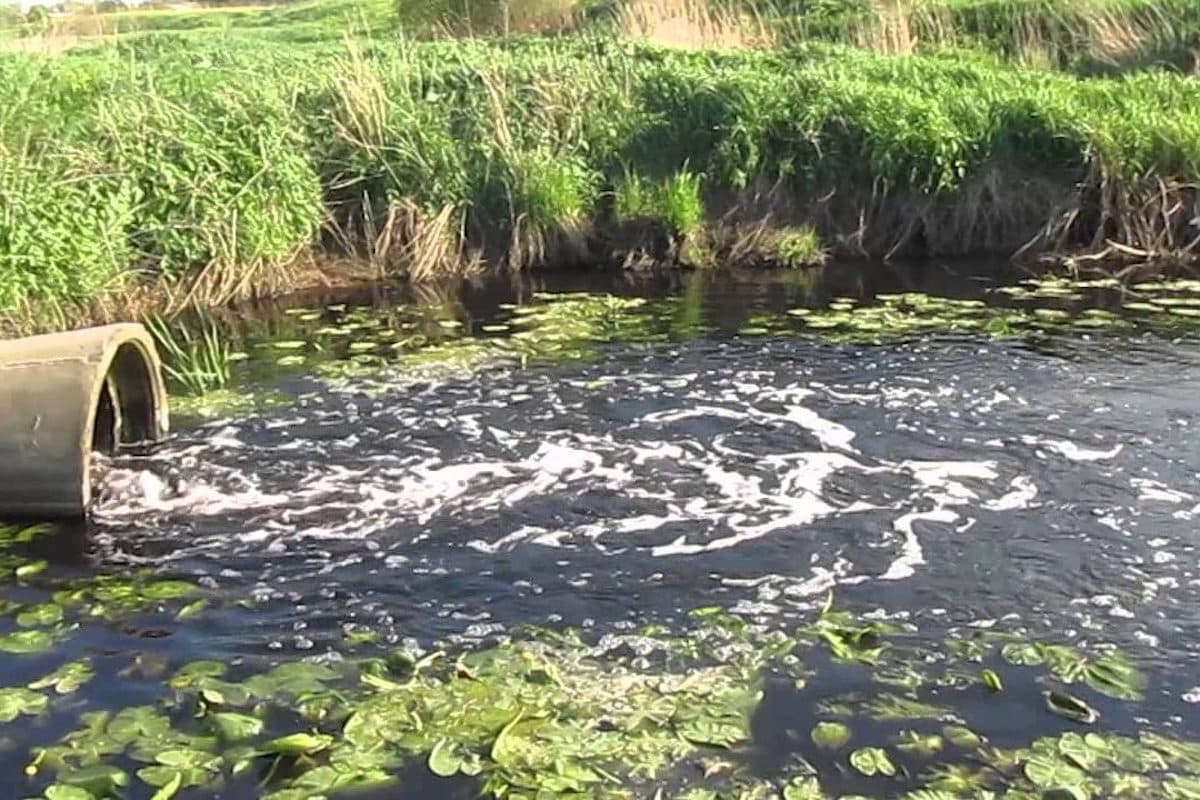
If you have any questions, please contact us.
 Nutrient Processing & How Aeration Helps
Nutrient Processing & How Aeration Helps
 Ways to Eliminate Excessive Nutrients
Ways to Eliminate Excessive Nutrients
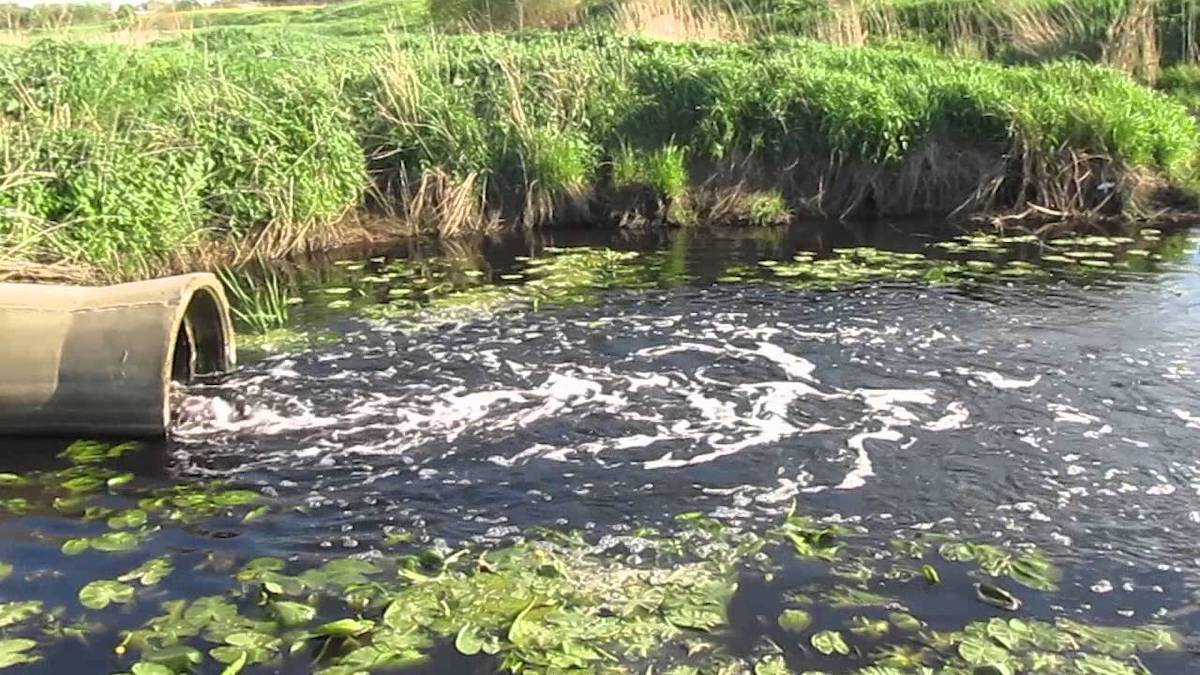 Combating Pond Aging
Combating Pond Aging